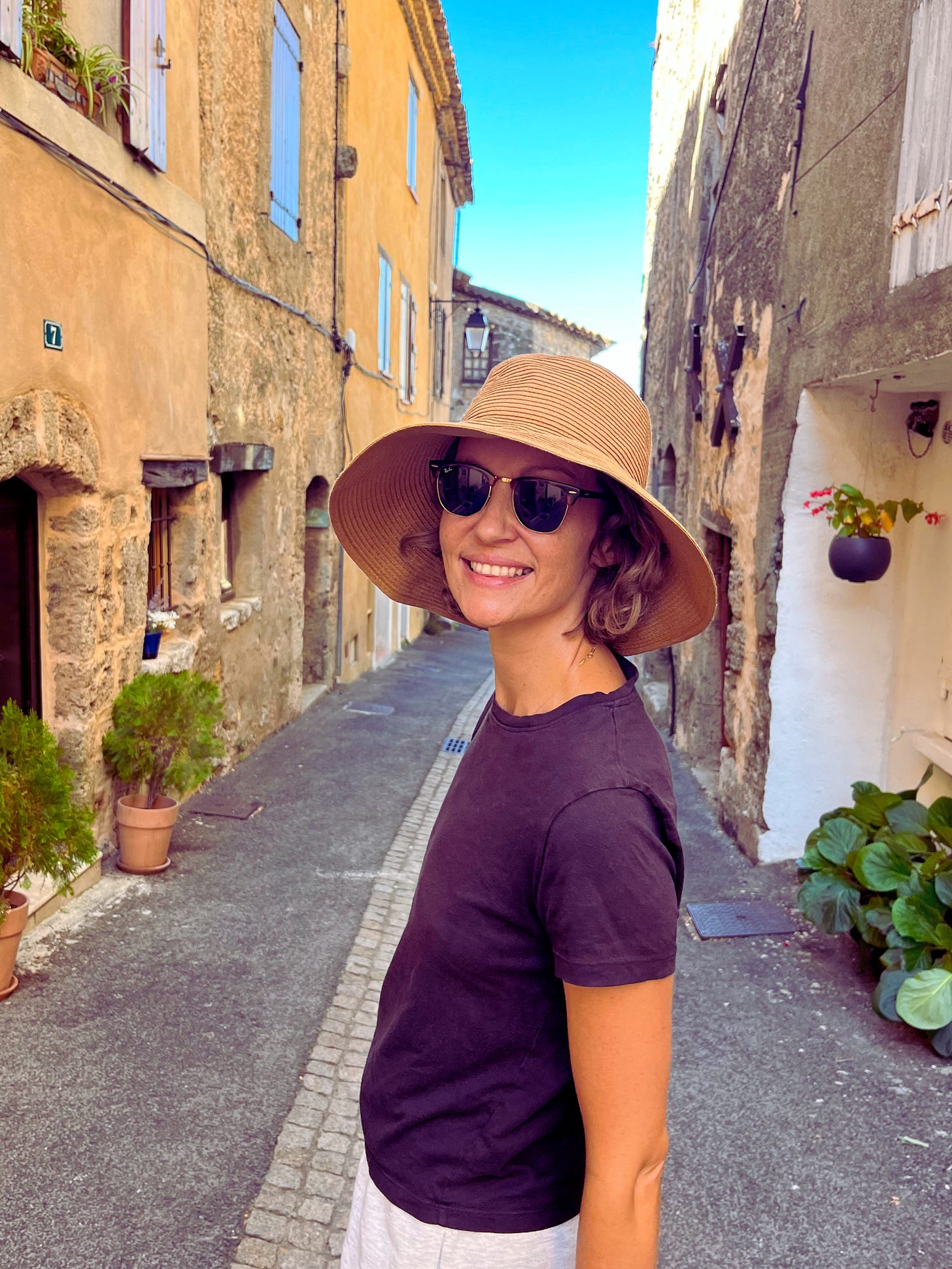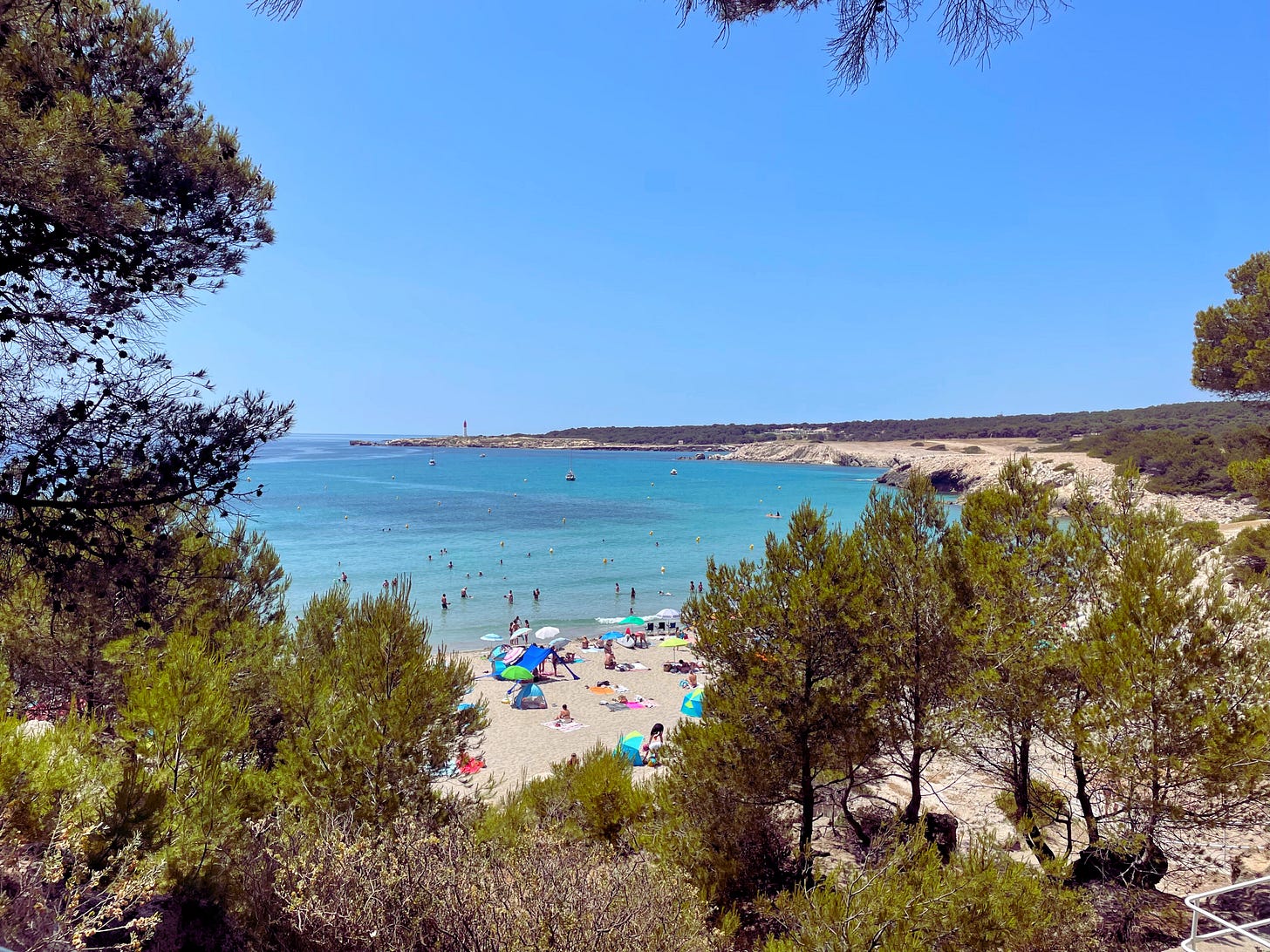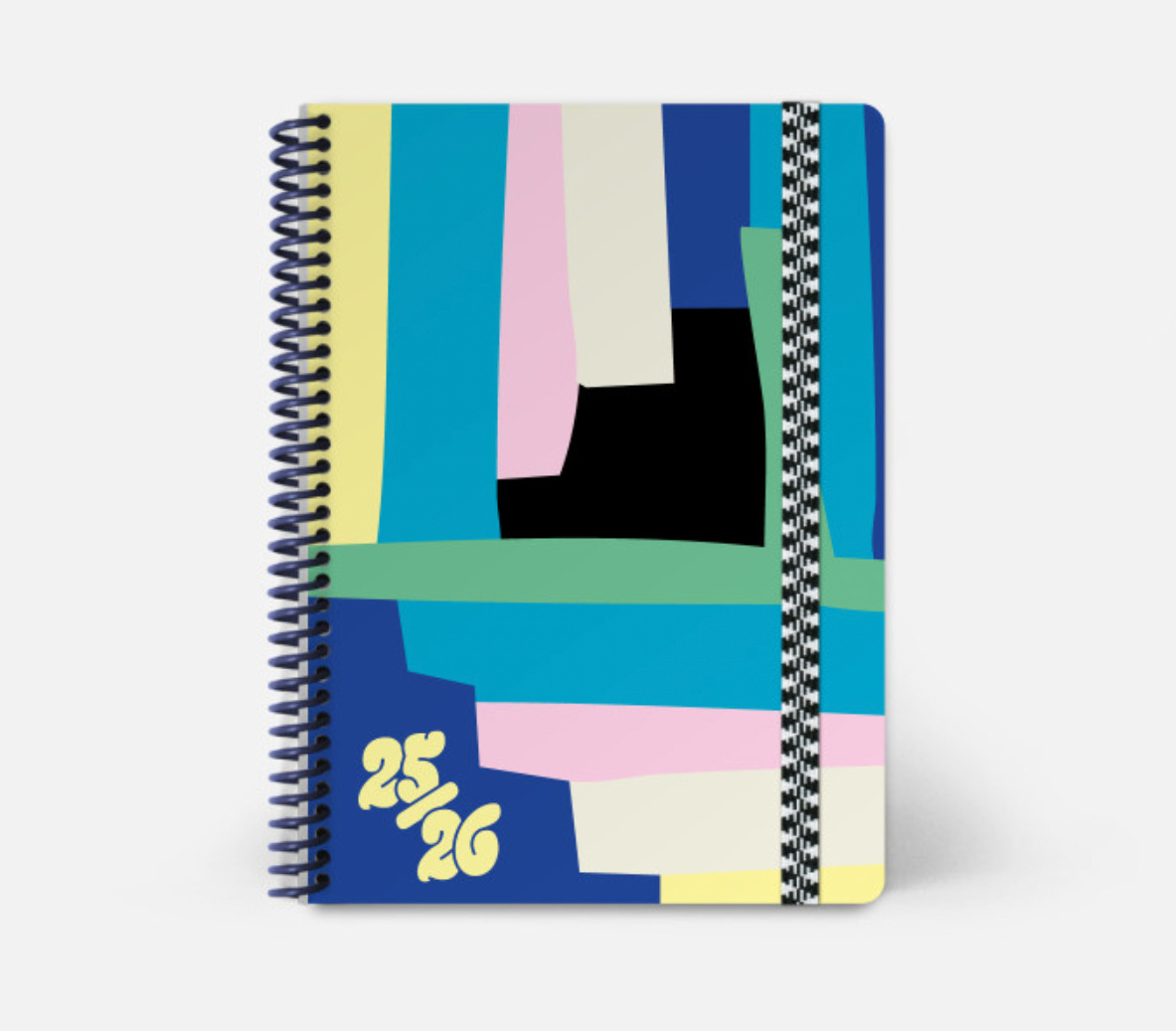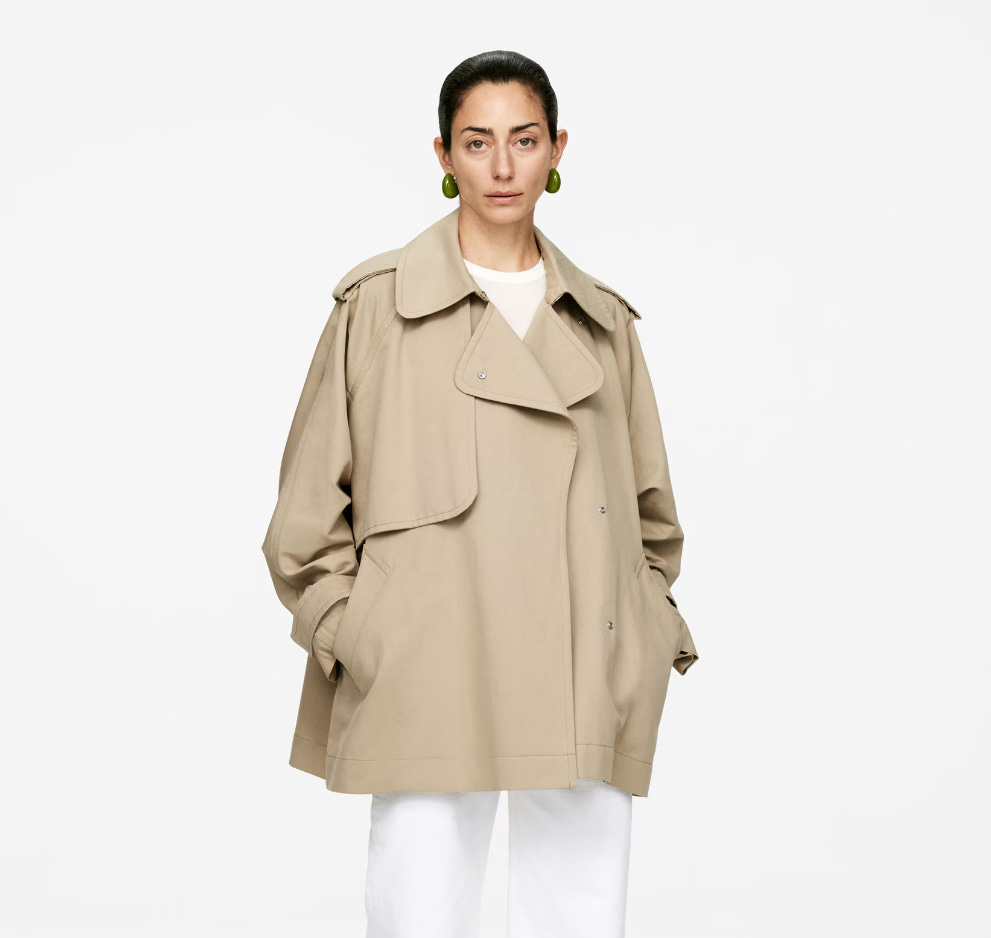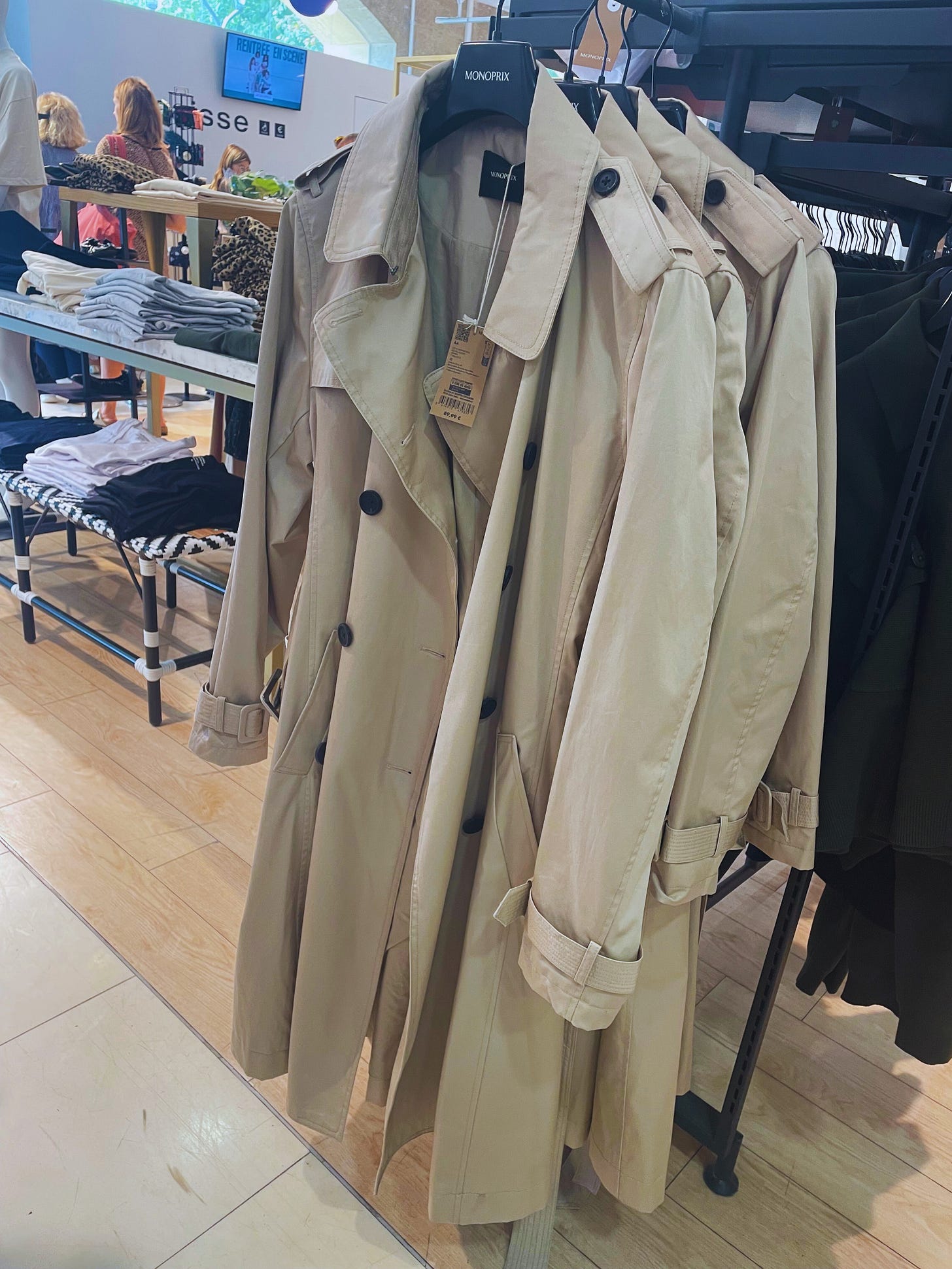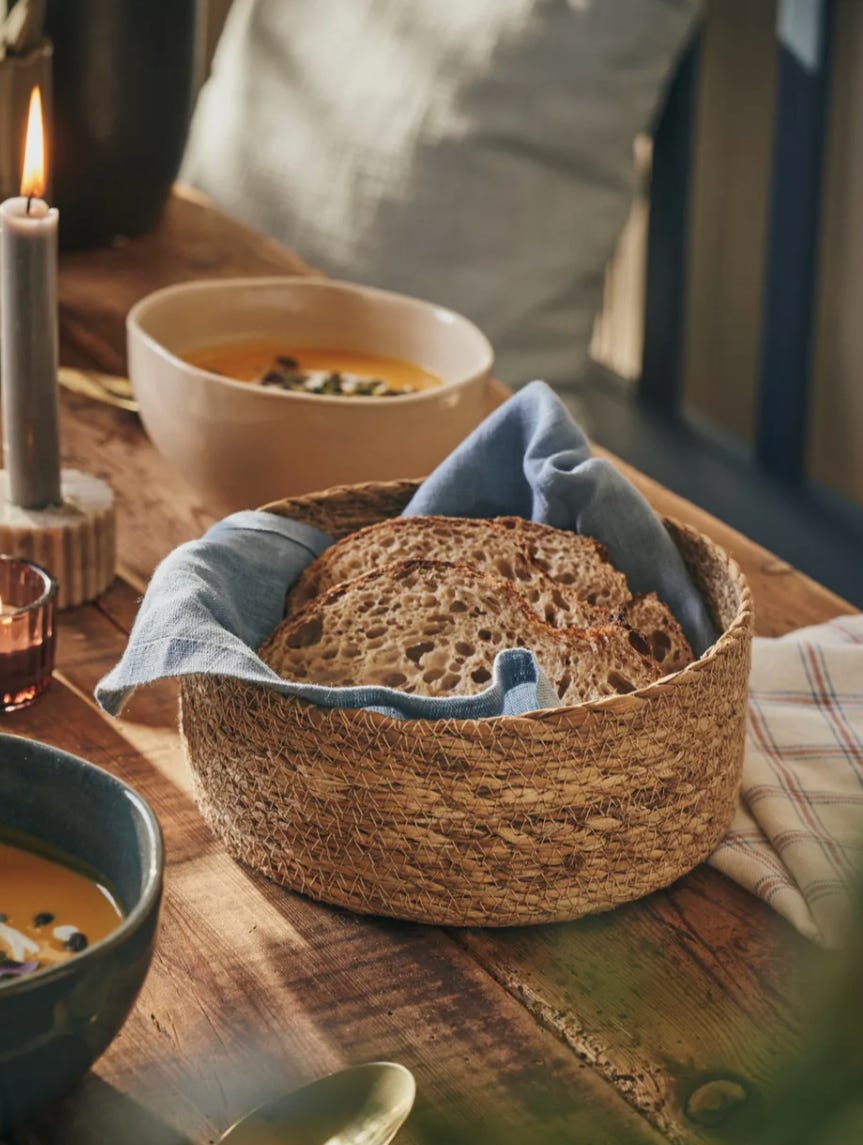In France, during the last week of August, a sort of fervor starts to build. As you go about your daily life, you’re met with “Bonne rentrée!” or the graver “Courage pour la rentrée.” But what does it mean, and why does it carry so much weight for the French?
La rentrée literally means “the re-entry.” It’s a way of framing the end of a long summer (the French famously take two to three weeks off in August) and the return to life — to school, to work, to routine.
During August, in our neighborhood in Provence, our boulangerie shutters, and so too do other local stores. Thick metal doors are rolled over shopfronts, a physical reminder that business (and busyness) is firmly shutdown. A lot of French companies mandate that their employees take two consecutive weeks off during the summer.
But as the month lazes on, signs start cropping up in supermarkets and stores: Préparez la rentrée. Sales abound and it feels like a collective waking up from a summer slumber.
How it’s Different From Back-to-School in the US
In France, there’s a sense that people re-enter September well-rested. In the US, it can feel like the opposite. Most Americans only get two weeks of vacation a year, and when I lived there, we’d usually manage at most one week away in the summer. By September, I felt bone-tired (“ragged” was the word I used when my kids were younger) after juggling work and childcare all summer long. September wasn’t a re-entry — I was simple trading one stress (childcare) for another (the school year), without any real pause to catch my breath.
To be clear, parents in France are tired too come September. You’re still parenting, no matter where you are. But the pressure feels different when the whole country slows down. I managed to take two weeks off this summer (my company is in Seattle, so disappearing for August isn’t an option), but here that feels almost modest compared to my neighbors. Even though I worked throughout much of the summer, the load felt lighter than when I was in the US. One reason: summer camps (stages) are far more affordable. In Seattle, my kids’ theater camp cost $600 per child, per week. In Provence, a similar camp was 270 euros total for both kids. You do the math.
Mini-Rentrée
For me, the idea of la rentrée isn’t limited to September. Even the start of the week has its own mini re-entry. On Sundays, most supermarkets and shops close by midday. When we first moved here, it threw me. I’d forget, then find myself stuck at 5 p.m. with nothing for dinner, cobbling together a meal from the freezer or pantry. But I’ve come to appreciate the forced afternoon pause ahead of a busy week. In America, it feels like everything is open 24/7. I often used to do our monthly Costco shop on a Sunday afternoon. This always open, always available culture is convenient, for sure, but there’s no “off” button. You have to choose when to take a break, which can be hard when everyone around you is still hustling and rarely resting.
How the French Prepare for La Rentrée
Planners & Agendas
Adults and kids often buy a fresh agenda scolaire that runs from September to August. When we go back-to-school shopping, the agenda is often the item my kids are most excited to pick. This year my daughter chose a shiny pink agenda and my son a Harry Potter-themed one. There’s a gorgeous stationary/art shop in Aix called Papeterie Michel that has a large selection. My kids are obsessed with Legami pens (an Italian brand that makes erasable pens, every kids here is clamoring for them), so we often stop by there when we’re in town to browse. I love paging through their various notebooks and agendas.
This floral motif one has secret garden vibes, and this minimalist dusty rose Leuchtturm speaks to my practical side (in a similar vein, so too does this red and pink one from iconic French brand Quo Vadis).
I also love the bold colors of these agendas from Paris-based Papier Tigre.
For book lovers, this one is from France’s most iconic publishing house Gallimard.
Clothes & Shoes
It’s common for French kids to buy a fresh pair of sneakers (chaussures de sport) as part of rentrée shopping. New Balance is popular with tween boys, so we got my son a pair of all-black ones. For my daughter, she picked these light-up Skechers. These are on the pricier side though and a lot of families (us included) often buy kids’ sneakers from Decathlon (which deserves a post all of its own!).
La rentrée is also when you start seeing French moms at school dropoff wearing some kind of chic trench or jacket. It’s not just U.S. influencers wearing Sézane’s Scott trench — French women love Sézane too.
Arket is also a staple (I have their jean ample coral in white and dark blue). Can’t you imagine wearing this cropped trench in the fall, strolling along with a matcha while admiring the changing foliage? Very Septembre.
Sessùn is popular too — I’m digging this ochre number — and so is Vinted, a secondhand clothes app. I think it’s available in the US but it’s not as popular as some of the other apps like Poshmark. My chicest French friends buy on Vinted, both for the cost-savings as well as from an eco-conscious standpoint.
Household Reset
If you walk into any furniture store, you’re guaranteed to be met with rentrée sales. There’s a store near me called Alinea, sort of like West Elm. I popped in yesterday to look at rugs for my daughter’s room, and I was tempted by this kids’ desk for her and these simple linen throw cushions for our family room sofa. I left with a couple of these brass candlesticks for the mantelpiece in our living room. Sostrene Grene is a Denmark brand with a store here in Aix, it’s super popular and affordable. For rentrée I bought this basket to serve bread in.
Another shop that deserves its own post is Maison Empereur — part hardware store, part curiosity shop. Founded in 1827, it spans multiple floors in Marseille’s Naoilles district. I go there for traditional blocks of Marseille olive oil soap, thick linen tea towels, and their house-made candles (only 25 euros but they look and smell high-end. I love the Ambre du Marquis).
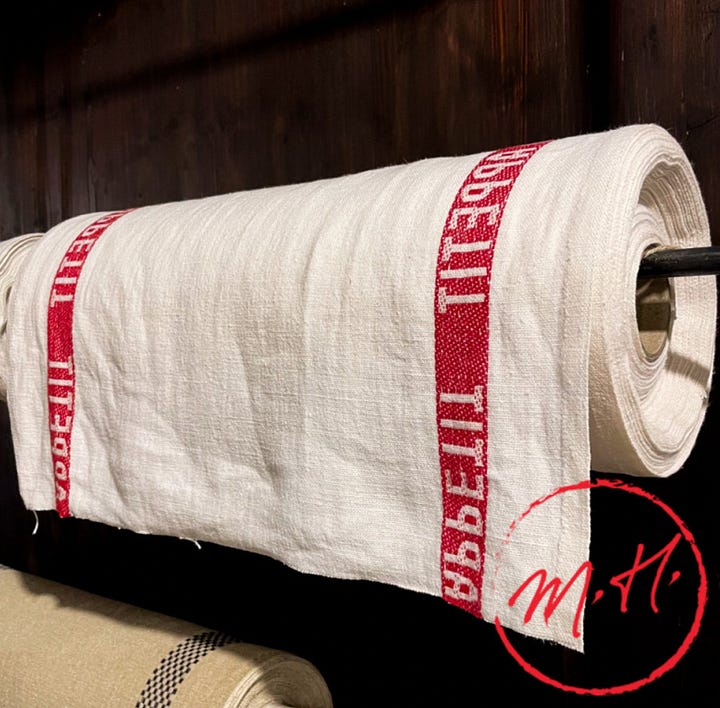
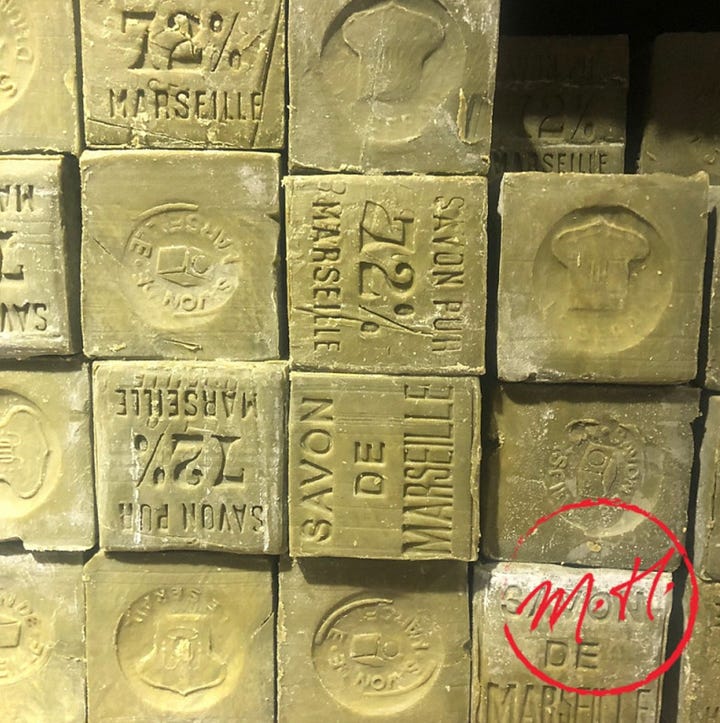
At Maison Empereur, you can buy tea towels by the meter and can you almost smell the soap through the screen?!
Health
The French are also concerned about staying healthy when entering the colder months. One product you see heavily promoted in French pharmacies is gelée royale (royal jelly). My acupuncturist swears by this immune-boosting supplement and told me last week I must buy it for the whole family. You’ll find it in little glass ampoules, often to be taken as a daily shot in September. I see this brand a lot, it’s probably the one I’ll buy this season.
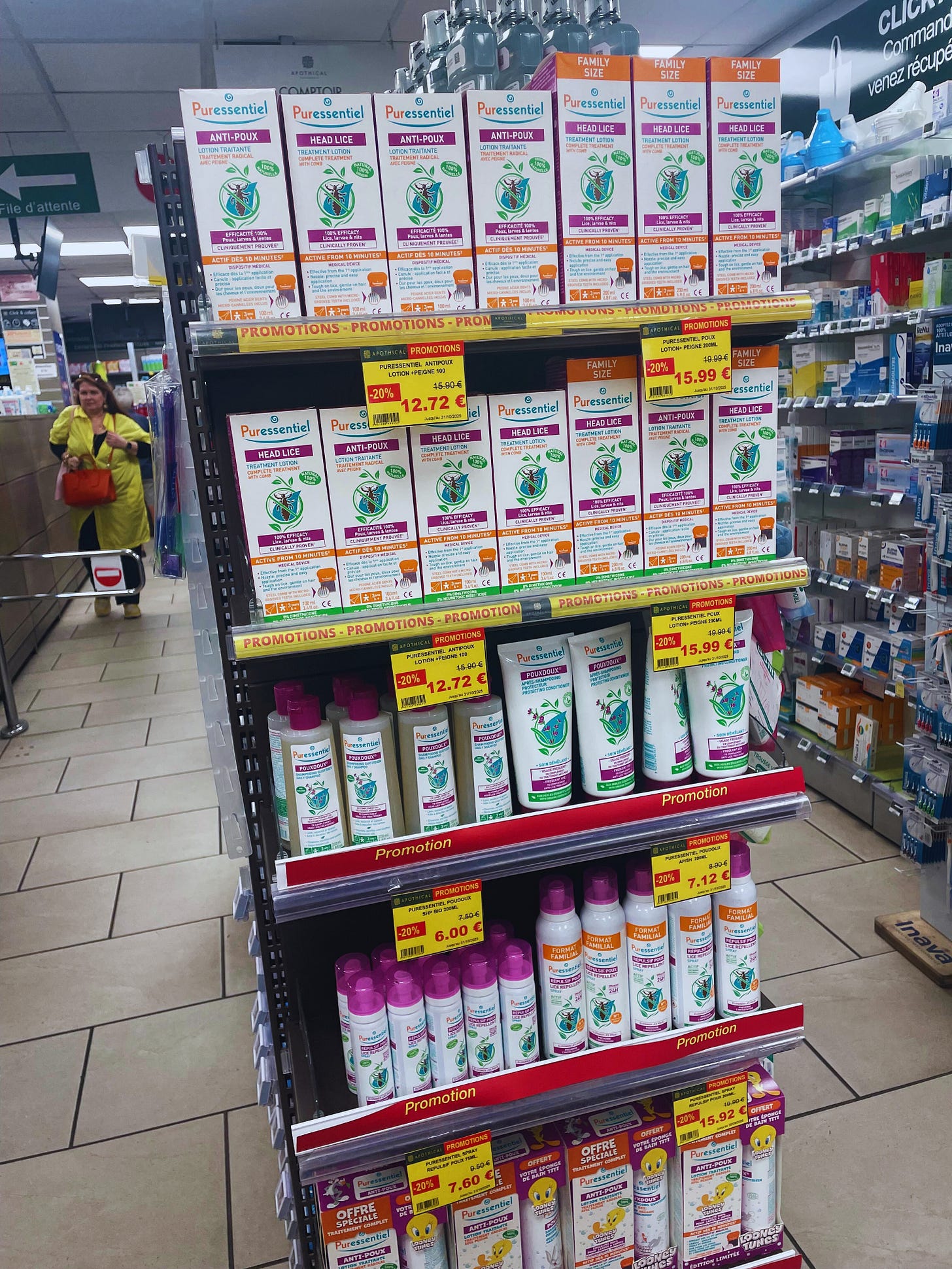
Another rentrée ritual: preparing for the inevitable classroom lice outbreaks. My kids have gotten way more lice here than when we were in the US. It may be because in the States, kids aren’t allowed at school if they have lice. Not the case in France! Periodically, we’ll get an email from the school saying there’s been a lice outbreak and to please treat it, but kids are allowed to stay in class. Our second winter here, it felt like we were stuck in a never-ending loop of lice outbreaks. The amount of hours I spent shampooing and combing out my kids’ hair, only for it to return weeks later. Pharmacies stock shelves of preventive sprays and treatments as soon as August ends. Parents often start kids on prevention right from the first week of school. I like using a preventative lavender-based shampoo (lice apparently hate lavender) and I go for the big guns when the kids actually have lice (the natural stuff just doesn’t cut it). This one does the trick.
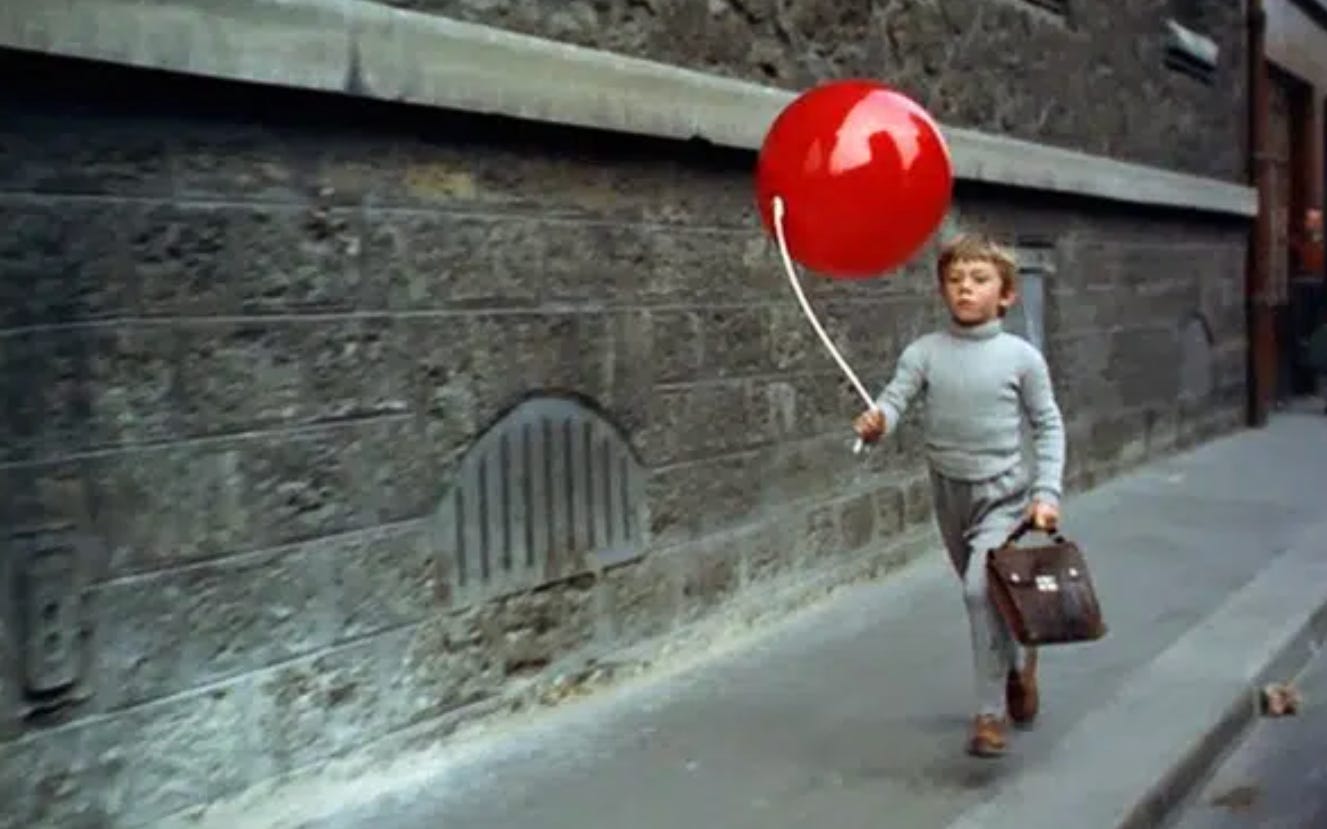
Bonne rentrée, happy back-to-school, and merci for reading this first edition of Fizz!
Want more? Subscribe or share it with someone who dreams in French.



